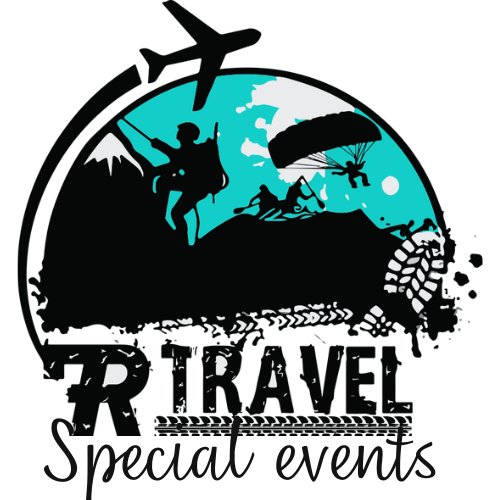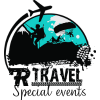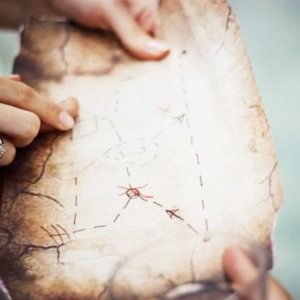Switzerland
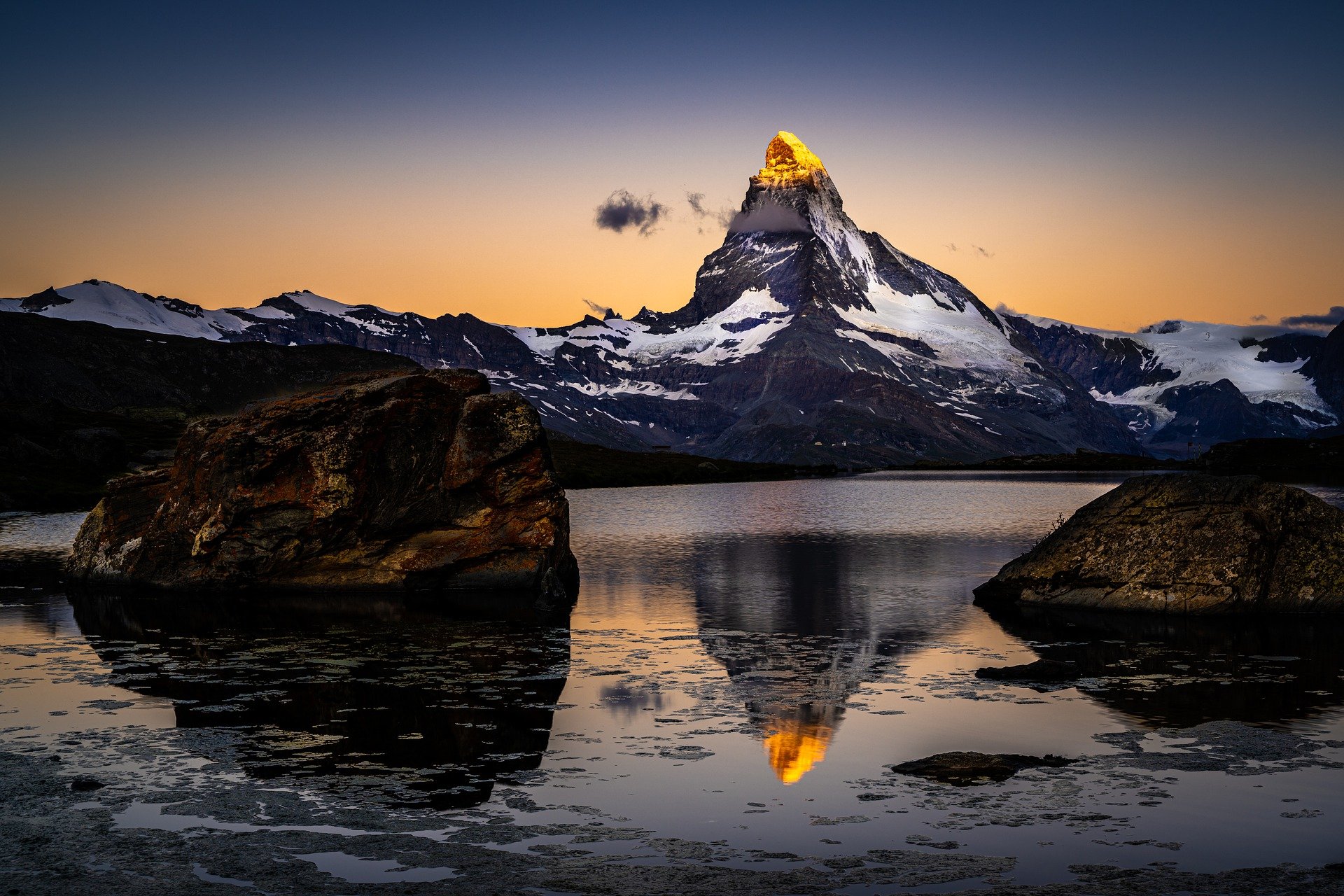
Sports and adventures
Here are the sports and adventures we recommend in this destination.
For more details about sports click here.
- Trekking and Hiking: try the Jura Trail, Switzerland’s oldest long-distance trail, which connects Zurich to Lake Geneva in 16 days. You will pass through extraordinary places, such as the Creux du Van rocky amphitheatre, you will have a view as far as the eye can see on the Alps and you can rest in the various shelters along the way to experience traditional hospitality.
- Bike and mountain bike: spectacular single trails in the Alps, perhaps crossing all of Switzerland from one point to another along the Pre-Alps. Enduro, All Mountain or Tour, even for several days, in Switzerland there is no shortage of solutions, whatever your preferences are.
- Trail running: in Switzerland you can find over 65,000 kilometers of trails for trail running, along a glacier, on a ridge trail, from one mountain lake to another, …
- Adventure parks: climbing trees, jumping with lianas, ziplines, ropes, walkways, … everything you want is available in the many adventure parks in Switzerland (there is also one indoors). Experience the first suspended rope park with 34 platforms and 31 fixed, mobile or suspended passages.
- Climbing and via ferrata, on rock, ice and artificial walls: there is something for all tastes. A very particular via ferrata, for example, also involves crossing a 65 meter long rope bridge and a staircase that rotates 540 °, 20 meters high.
- Glacier trekking: with the help of an expert guide you will immerse yourself in a breathtaking snowy landscape.
- Paragliding: in the Ticino area, or on Lake Geneva, or above Locarno or in the mountains of Crans Montana, Interlachen, Valais, Jura, Grigione, Alpstein, these are all areas where, in addition to enjoying the flight, you will enjoy a wonderful panorama.
- Canyoning: for all adrenaline levels. There is one path that is technically easy but spectacular in terms of panorama: 321 steps lead to the gorge. Here there’s a canyon where you can swim or letting yourself slide into the Viamala gorge. The rocks can even reach 300 meters height.
- Rafting: test yourself, for example on a fast and narrow river like the Landquart. The action begins immediately, after a few paddles, here are the first rapids, and then…let’s go!
- Skiing and snowboarding: more than 200 ski areas offer wide slopes, steep corridors, huge halfpipes.
- Snowshoeing: walks with snowshoes for any level of difficulty and landscape. Try the one in the moonlight with a view of Lake Maggiore from above.
- Sleigh rides: descending along the toboggan runs will make you a child again.
- And then SUP, wind surf, canoe, kayak, heliski, …
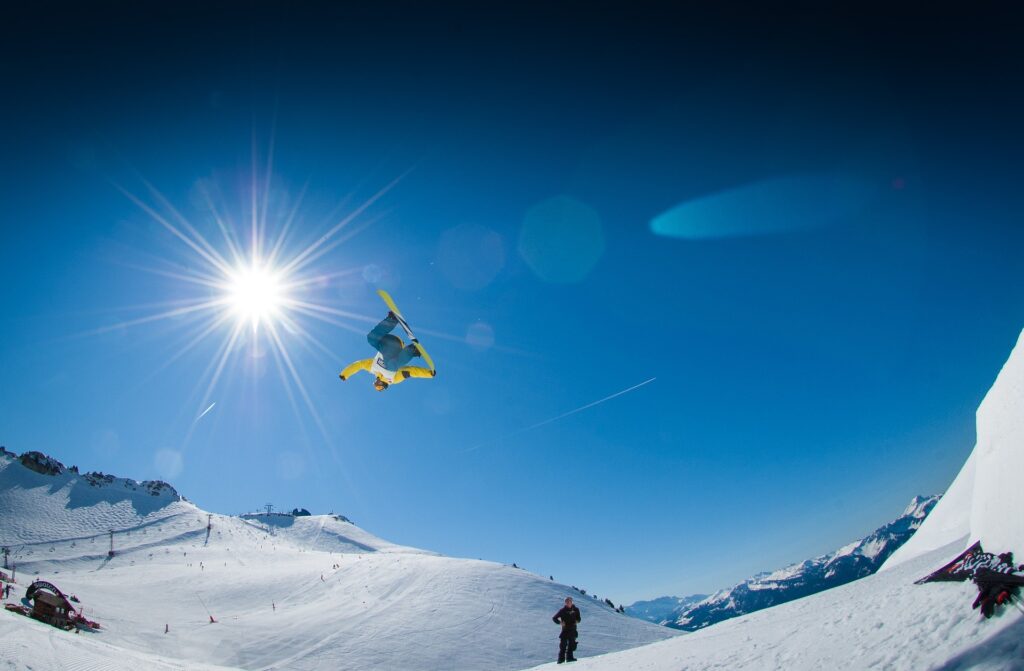
Winter sports
Experiences
Here are some of the unique and exciting experiences you could live in this destination:
- Seeing the Albula-Bernina railway, a Unesco World Heritage Site, completed in 1910, is one of the most spectacular railway lines in the world.
- Take the Glacier Express, a panoramic tourist train that connects St. Moritz to Zermatt in 8 hours, passing through narrow gorges, wide valleys and offering magnificent views of the Swiss Alps.
- Take the Bernina Red Train, officially Bernina Express, Unesco Heritage, which connects Tirano to St. Moritz passing through fairytale scenarios between Switzerland and Italy reaching a maximum altitude of over 2,200 meters at the Bernina Pass.
- Discover Swiss castles and fortresses along the shores of lakes or perched on rocky spurs, such as the Château de Chillon in Montreaux, built against a slope on a rocky islet in Lake Geneva; or Sion with its thirteenth-century castles perched above the vineyards.
- Visit the dairies and learn how to make the famous Swiss cheese.
- Visit a chocolate factory with an interactive workshop.
- Do a watch workshop.
- Take the Jungfrau cogwheel train, staying in the two historic towns of Wengen and Murren.
- Take a bath in the Baden thermal baths, already famous in the days of the Roman legionaries. Almost one million liters of mineral-rich thermal waters flow from the 18 sulfur springs of the place, at a temperature of 47 ° C.
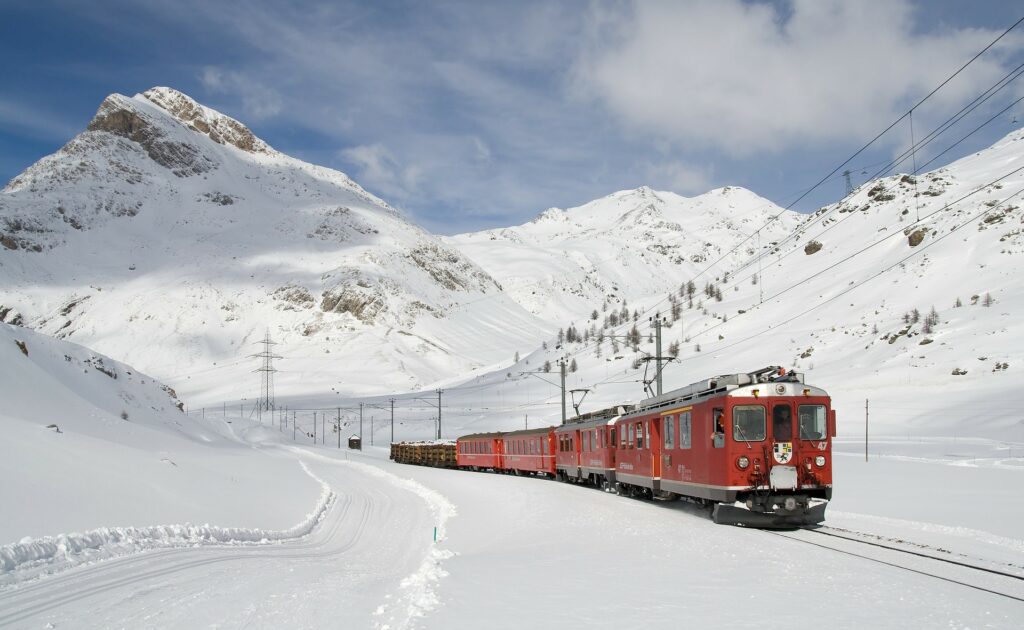
The Bernina Red Train in one of its characteristic landscape
What to see
Switzerland offers wonderful locations that are absolutely worth visiting. Here you have some:
- Bern is famous for its banks more than for its museums and is also a highly developed area from an industrial point of view, with the production of precision mechanics, watches, medicines, cheeses, chocolate and beer. Visit the old town on the Aare river with a view of the alpine glaciers. Don’t miss the Clock Tower called “Zytglogge”, a Unesco World Heritage Site.
- Zurich, the industrial and commercial hub of Switzerland, as well as the most important financial center. But it also reserves many architectural surprises, such as the latest work by the great architect Le Corbusier, which is located in an enchanting position on the shores of Lake Zurich. We also recommend discovering the outskirts of the city on the Limmat with an e-bike ride. Take a culinary stop at one of the city’s famous restaurants.
- Geneva, Sion, Zermatt and Verbier are just some of the most famous destinations in Switzerland. Geneva is a place with a cosmopolitan and international charm that hosts the headquarters of important institutions such as the United Nations, the Red Cross and Unicef and is therefore known as the “City of Peace”. Nyon and Sion, on the other hand, are small towns with old historical centers.
- Basel: the famous museums of Basel, the cathedral, the Tinguely fountain are easily accessible by e-bike, the best way to discover the city. But also go and find those corners of the city where graffiti and street art by national and international artists are hidden. To fully understand the spirit of Basel, you need to swim in the Rhine at least once, in the city center.
- Lausanne is the capital of the Great Wine Capitals Global Network (GWC), the network that unites ten major international cities with world-famous wine regions. So, the best way to get to know Lausanne is through its wineries and wine bars. But after 10pm, be at the bell tower of the gothic cathedral, on top of the hill of the old city, where the guardian of the tower, every night from 10pm to 2am, announces the hours in a particular way: in the high tower at 75 meters above sea level, launches a proclamation according to the medieval tradition of 600 years ago: “Hört, ihr Leut ‘und lasst euch sagen, die Uhr, die hat zehn geschlagen …” (“Listen people, open your ears, the clock has struck the ten strokes … “).
- Lucerne: historic city that hosts Lake Lucerne, which can be visited on a cruise aboard one of the steamboats.
- Augusta Raurica: it seems to take a journey back in time. It’s a settlement with two thousand years of history on the southern bank of the river Reno. The name derives from the Celtic population of the Raurici and the Roman emperor Augustus. The archaeological excavations, well preserved thanks to the fact that no other city was built in this area, give a glimpse of life at the time of Christ’s birth.
- And then some smaller cities deserve to be visited, such as Bellinzona, for the famous Unesco heritage castles, Chur, with its important history, Neuchâtel and the lake of the same name, and Schaffhausen, from which you can admire the Rhine falls.
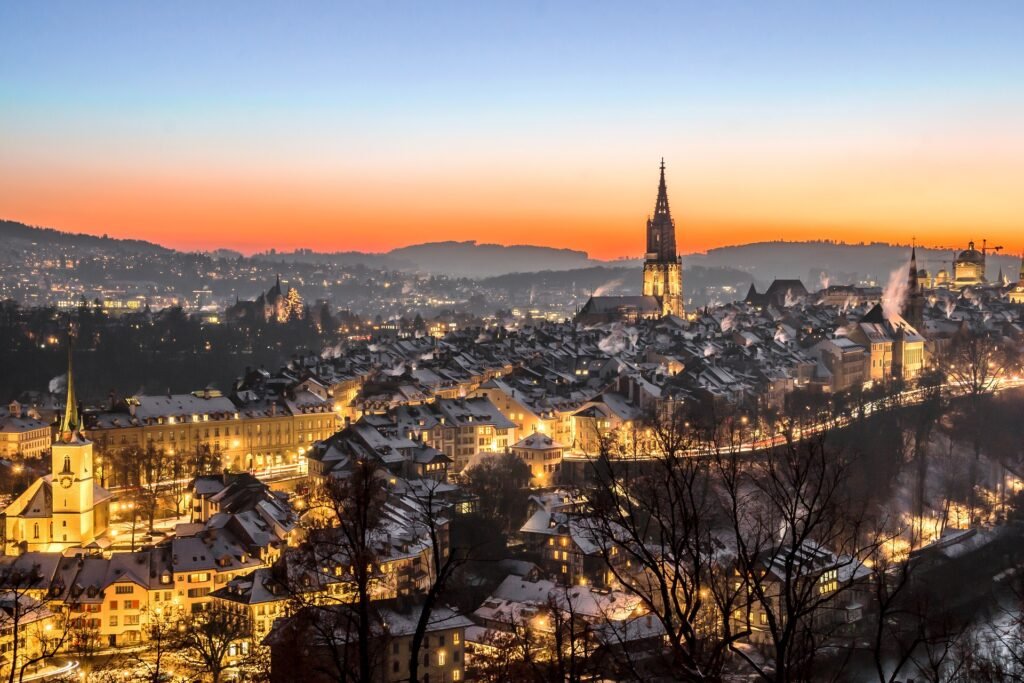
Bern by night
Nature
Switzerland is certainly known all over the world for its majestic mountains, among the most popular in the world by skiers and mountaineers, such as the Matterhorn, or Eiger, Mönch and Jungfrau. The average altitude is about 1700 meters above sea level and about a hundred peaks reach or exceed 4000 meters, such as Cima Dufour (4634 meters), followed by the Dome des Mischabel (4545 meters),
The rivers of Switzerland are among the most important in Europe: Rhine and Rhone. Both were born in the Gotthard massif. Ticino, Reuss, and Aare were also born from the Gotthard. Finally, the Inn was born from Bernina.
Switzerland also boasts 1,484 lakes. The largest are Lake Geneva and that of Constance or Bodensee and then there is the Lake of the Four Cantons.
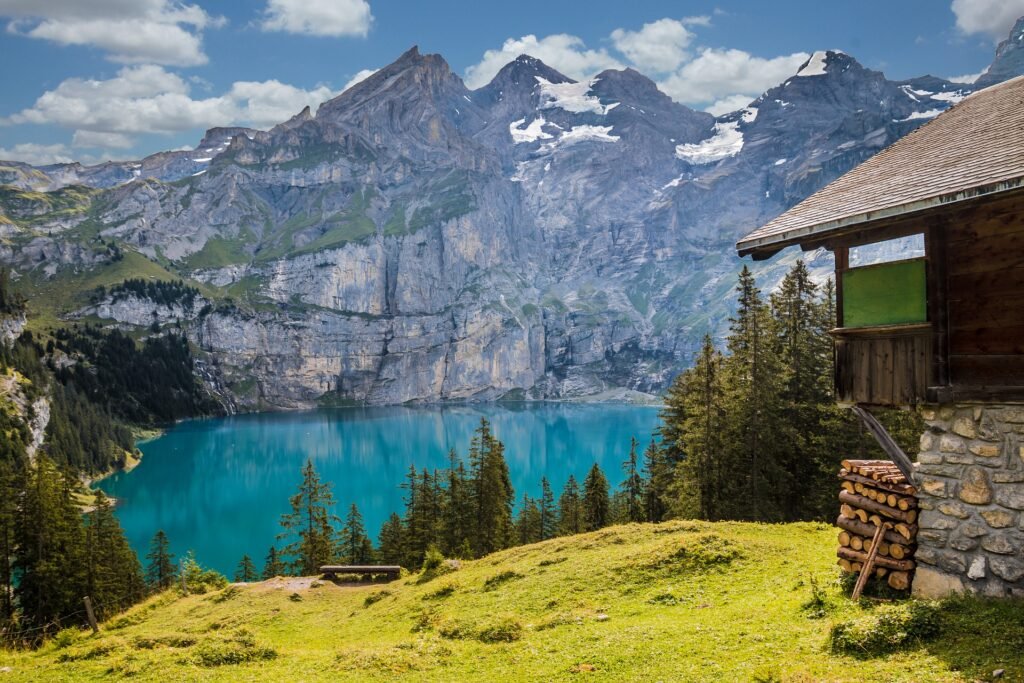
One of the many alpine lakes
Food and Wine
Switzerland has a very varied cuisine and each region has its own specialty.
In St. Gallen, the national dish is ribelmais, a kind of polenta, with whitefish from Lake Constance;
in Zurich, veal stew is served;
in the Canton Ticino it is possible to taste polenta with luganega, a type of sausage.
raclette is tasted in the Valais;
in the Engadine, rösti is cooked in the oven, prepared with pieces of meat or bacon roasted on the grill of the fireplaces and potatoes, all flavored with aromatic herbs. Another specialty is the shortcrust nut cake, with a filling of walnuts, cream and honey.
Graubünden is famous for capuns, a kind of vegetable and meat rolls wrapped with chard leaves. Then there is the dried beef with a mixture of spices and aged for three or four months, to be enjoyed sliced and accompanied by Merlot from the Canton of Ticino.
Not to mention chocolate and Swiss cheese.
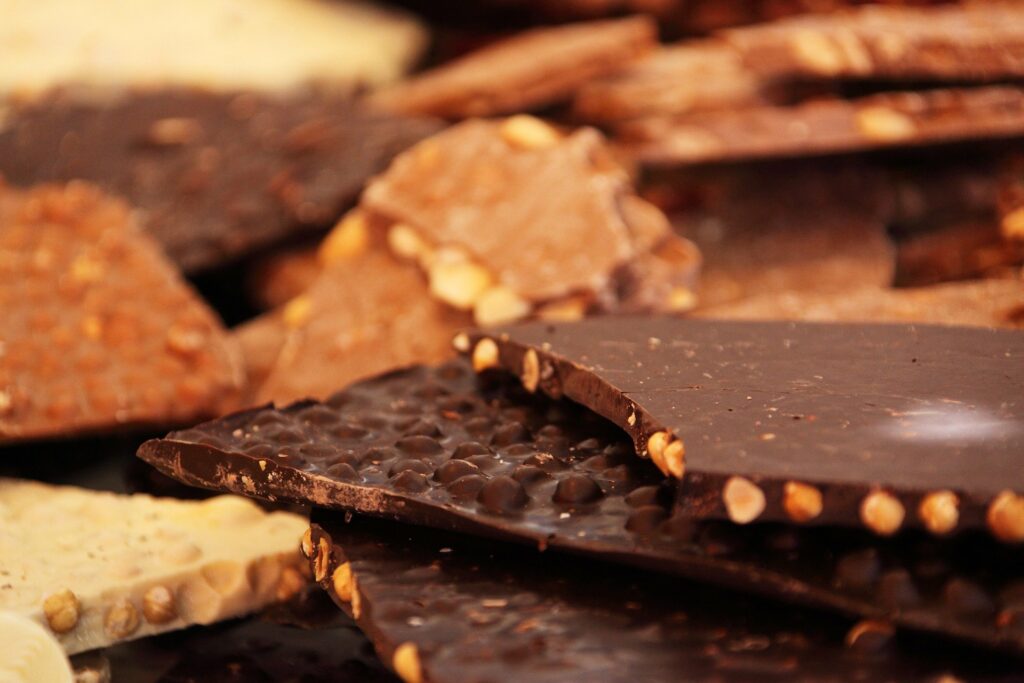
Swiss chocolate is famous all over the world
When to go
You can visit Switzerland at any time of the year.
Summer runs roughly from June to September and offers the ideal climate for walking in the mountains or venturing to climb the peaks.
For those who love the mountains, skiing and winter sports in general, the Alpine tourist resorts are open at the end of November and close when the snow begins to melt, usually in April.
If, on the other hand, you want to admire the green landscapes and nature, the best seasons are spring and autumn.
What to pack
Your suitcase for a trip to Switzerland depends on the destinations and, above all, on the period.
Comfortable and warm clothing for the winter season, without forgetting shoes suitable for walking.
In the summer, light and sporty clothes.
Cities are warm enough in the summer, while Alpine destinations alternate days of intense sunshine with rainy and cold days, so don’t forget the waterproof windbreaker.
Always bring a warm sweater, even in summer, to use if the temperatures drop but also for walks at high altitude.
Information
Language: Italian, German, Franch, Romancio
Currency: Swiss Franc – CHF – ₣
Capital: Bern
For up-to-date and detailed information visit www.viaggiaresicuri.it
Some tips
Don’t go home without a Swiss Army knife! It is a small object that contains many tools, such as a knife, a toothpick, scissors, tweezers, a bottle opener, a screwdriver, … the number of tools depends on the model. A true all-purpose essential during any excursion.
